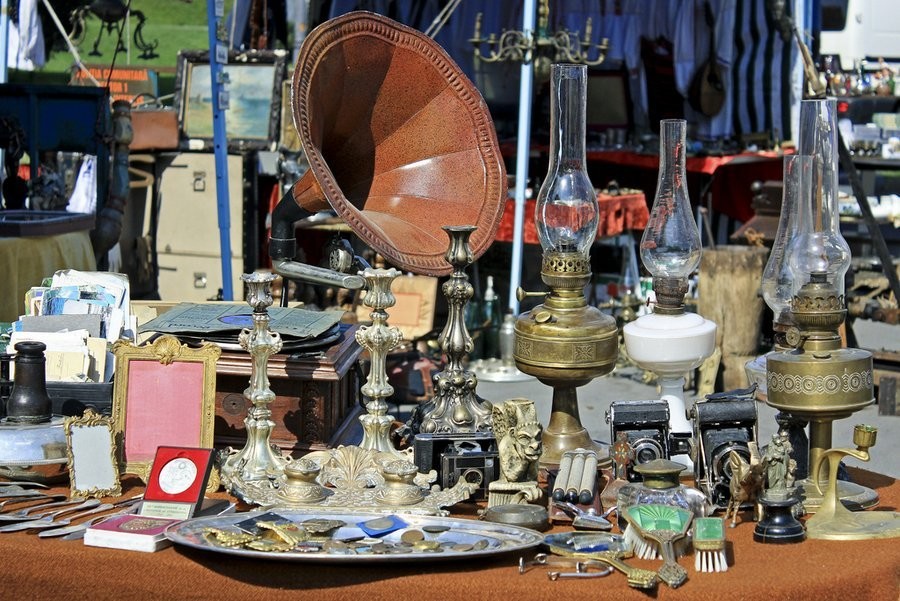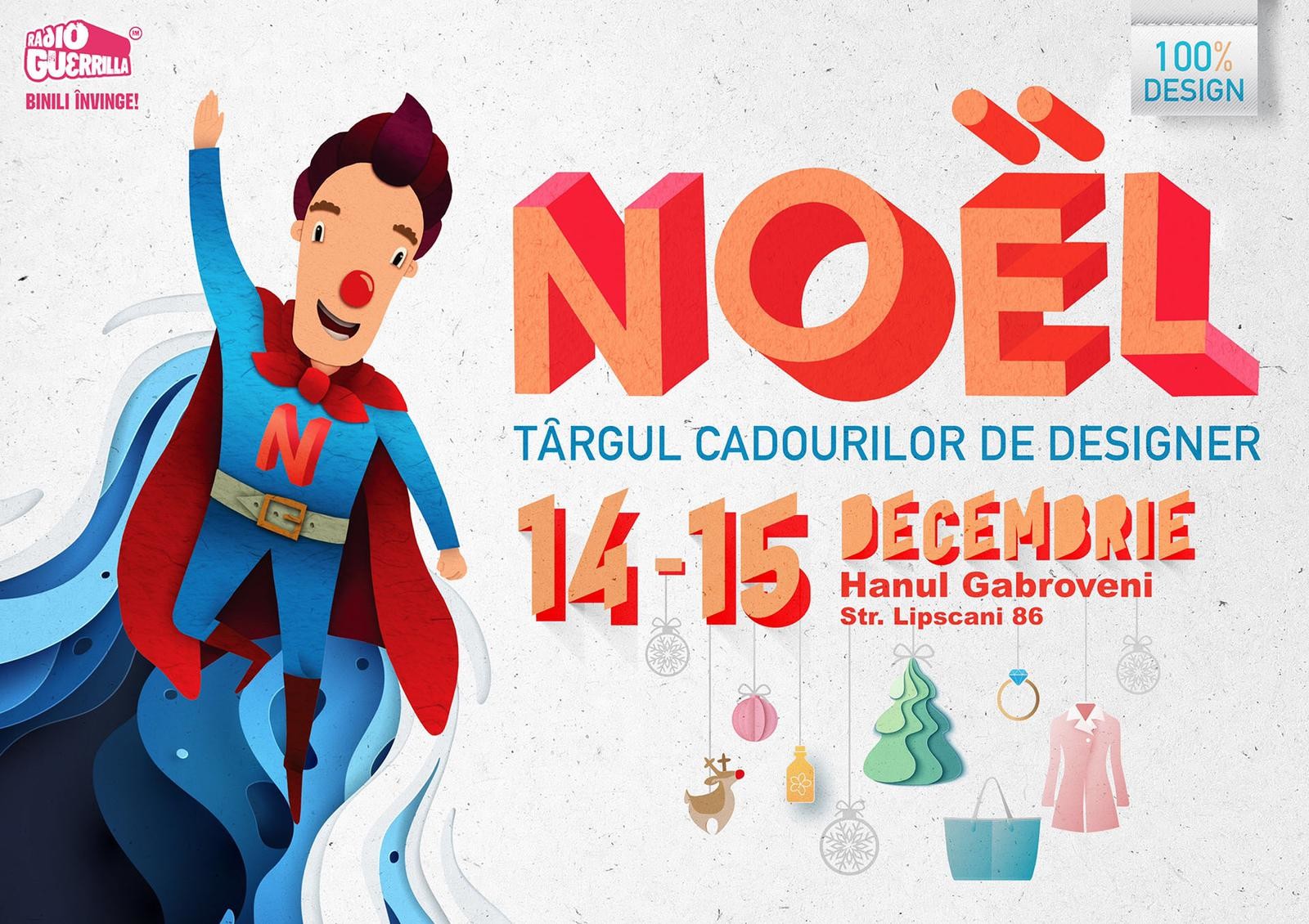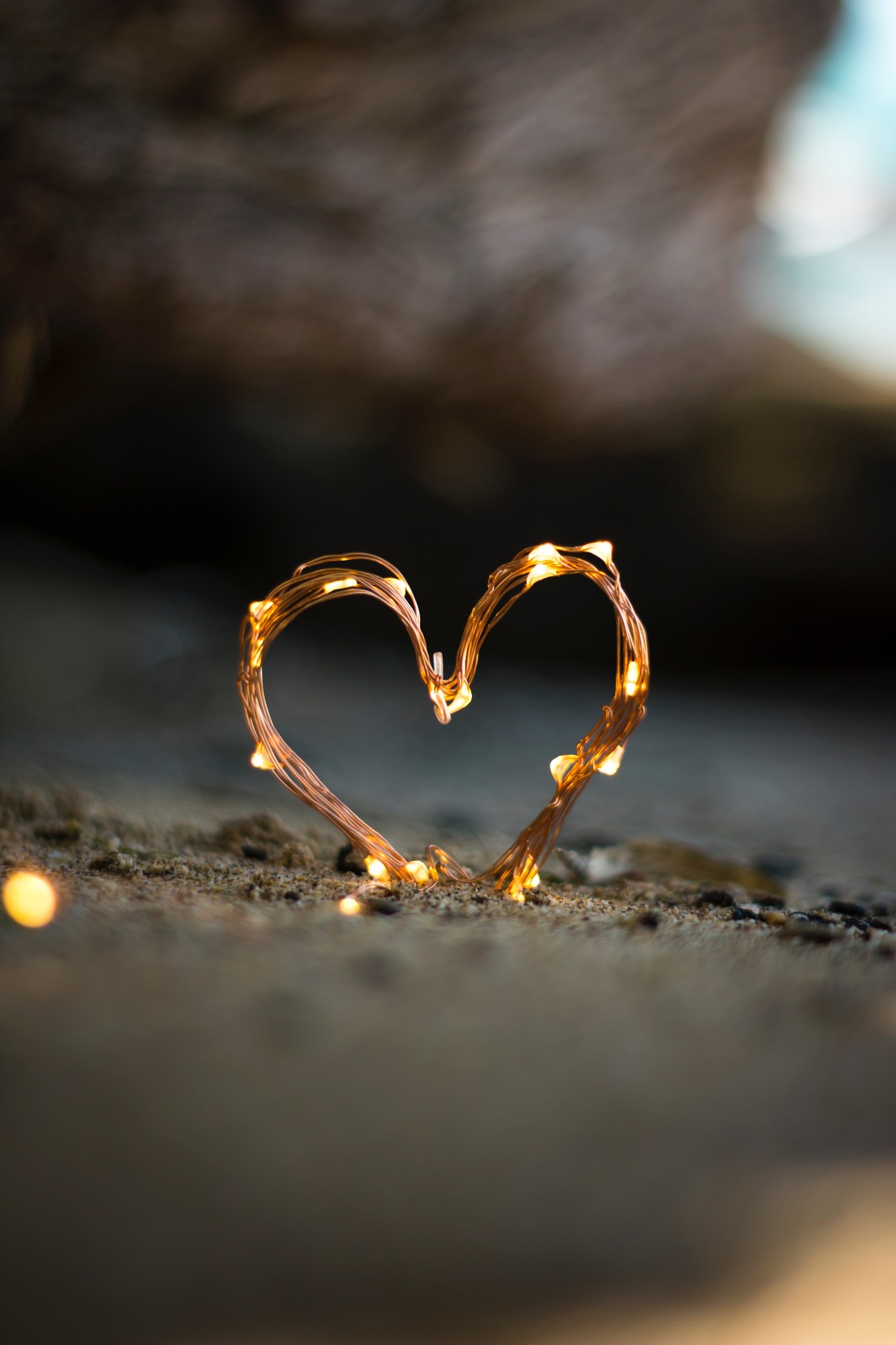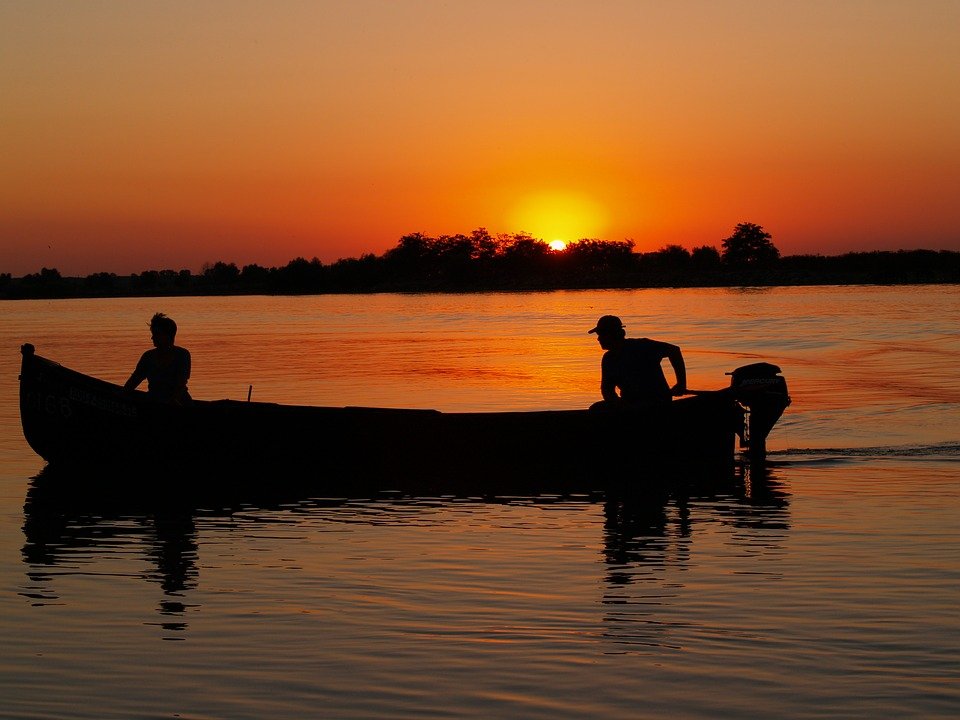
If you already visited the Danube Delta, it’s easy for you to understand why it is assimilated with Heaven on earth. For the rest of you, we created this, just in case you ran out of travel ideas for this summer.
Here you can experience dinghy and barge rides on the Delta Canals, a fish borscht made by Lipovans and moments of relaxation in the reeds or in the middle of a lake full of water lilies.
We can tell you what’s there to visit, what local dishes you can enjoy, and even accommodation options. You have just to choose how to spend your time, and tell others about your experience afterwards.
About the Danube Delta
The Danube Delta covers an area of 4,152 square kilometers; it is the largest wetland reserve in Europe and the only river delta in the world. Since 1990, the Danube Delta has been declared a Biosphere Reserve within the UNESCO "Man and the Biosphere" Program, with over 1200 species of trees and plants, over 100 species of fish and the richest ornithological fauna in Europe. More than half of the entire surface of the reservation is occupied by natural aquatic and terrestrial ecosystems with universal heritage value.
What to visit in the Danube Delta?
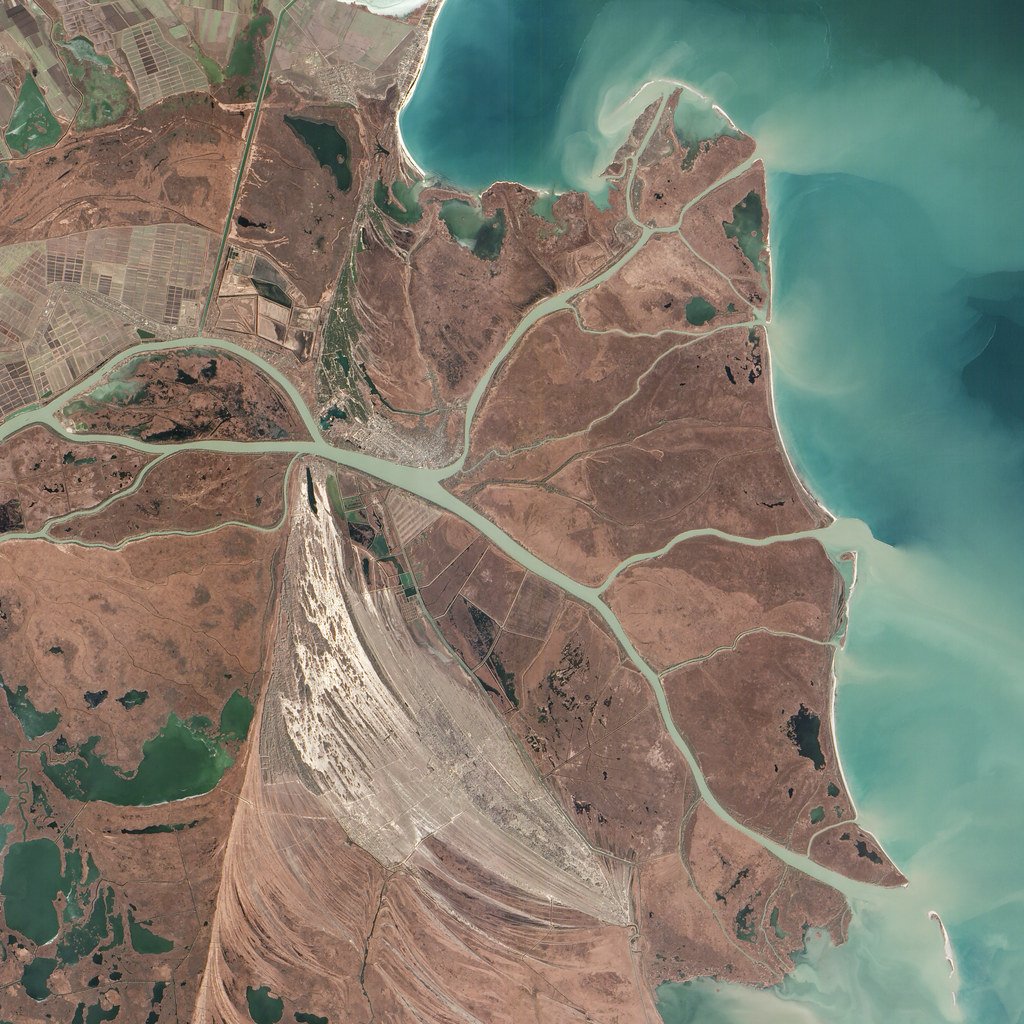
All the localities are picturesque, small in size, and full of charm. Some of them have transformed over time, developing into favorites of tourists.
Tulcea is the first gateway to the Danube Delta and the most important city of Dobrogea. It is also called the city of the seven hills, all opening to the Danube. In Tulcea you can visit the Danube Delta Museum of Natural Sciences (which was founded in 1950 and in which there is, in addition to specific collections, an aquarium), the Asian Mosque (built in the nineteenth century), the Museum of Folk Art or the Aegyssus Fortress located on the hill of the Monument. And of course, you can take wonderful pictures from the top of a hill, from where the view is wonderful.
Murighiol, 36 km away from Tulcea (on DJ 222C) is between Razim Lake and the right bank of the Sfantu Gheorghe Arm. Murighiol commune consists of seven villages: Colina, Dunavatu de Jos, Dunavatu de Sus, Plopul, Sarinasuf, Uzlina and Murighiol. The locality was documented for the first time in 1543, at least this is how it appears in the Turkish registers (with the name of Mori-gol, which means "purple lake" in Turkish). If you reach Murighiol, it is worth visiting Razim-Sinoe Lagoon, Murighiol Lake, the ruins of the small ancient town of Halmyris (from the I-IV centuries AD, today you can admire the massive defensive wall, Roman baths, towers and gates), the ruins the paleo-christian church, the Halmyris monastery, as well as the salt lakes declared natural reserves, true sapropelic mud pools.
As in many other localities in the Danube Delta, in Murighiol basic activities for tourists include carp fishing, perch and catfish on the Sfantu Gheorghe arm, or pike on Chiril, Uzlina and Onofrei lakes, and also hiking.
Jurilovca is located in the Babadag plateau, almost 90 km from Constanta and 55 km from Tulcea and was founded by Lipovans at the beginning of the 18th century. At the end of the 19th century, the town had developed so much that it had become an important fishing center in the Danube Delta area. Today, the commune is the largest fishing community in the Delta (it includes the villages of Salcioara, Visina and Jurilovca), a center for collecting and processing fish, but also a real tourist attraction. Specific to the area are the houses of the Russians-Lipovans, with white and blue colored facades, with thatched roofs and a traditional bathroom, separate from the house. Jurilovca is very well known by tourists because it is located on the shores of Lake Razim and is the starting point to Gura Portitei (between Lake Golovita and the Black Sea). In fact, from Jurilovca there is a boat that makes three trips a day on the route Jurilovca - Gura Portitei.
So what can you visit in Jurilovca? The ruins of the Greco-Roman Fortress Argamum, the aforementioned Gura Portitei beach, Lunca tourist complex, Dolosman Cape or Iancima Cape.
The typical fishing village Mila 23, located right in the center of the Danube Delta, still retains the charm and picturesque villages of yesteryear, with all its old traditions, preserved and passed on by young people. The access to Mila 23 village is made only on water, the distance from Tulcea being 54 kilometers. Around it are numerous canals and lakes (Fortuna, three Iezere, Ligheanca, Bogdaproste, Olguta, Sontea and Radacinos), offering tourists who come here the opportunity to spend unforgettable moments in the company of pelicans, cormorants, albatrosses and egrets.
Being located in the center of the delta, Mile 23 is the starting point to the most beautiful tourist routes that cross the Danube Delta. Also worth visiting is Stipoc Monastery - the only monastery in the entire expanse of wetlands, which is located on Grindul Stipoc.
The locality of Sfantu Gheorghe is "at the end of the world", as they say, in the eastern extremity of the Danube Delta, between Crisan and Sulina, on the Sfantu Gheorghe arm. It is very beautiful and has the beach with the finest sand on the entire Romanian coast. Tourists have the opportunity to see here, both the Danube and the Black Sea - it is the only town from which you can see both stretches of water. The village enjoys the presence of most bird species that populate the area, but also the largest expanses of reeds, willows, rushes and water lilies.
Sfantu Gheorghe is an old fishing village, which was engaged in the construction of specific boats (kayak, boat or mahuna) and fishing. Lately, the inhabitants have developed another occupation: rural tourism, which brings them additional income during the summer.
What we eat in the Danube Delta?
As you might expect, most dishes are based on fish in the Danube Delta. But fish and traditional products of the highest quality. The fish soups are excellent, because they are made from 4-5 kinds of fish, each enriching the dish with its own flavor, fried carp with polenta and garlic sauce, fish plate with tomato sauce, olives and donuts, caviar salad.
In terms of delicacies, we can't forget the Dobrogea pie with cheese or opicanca.
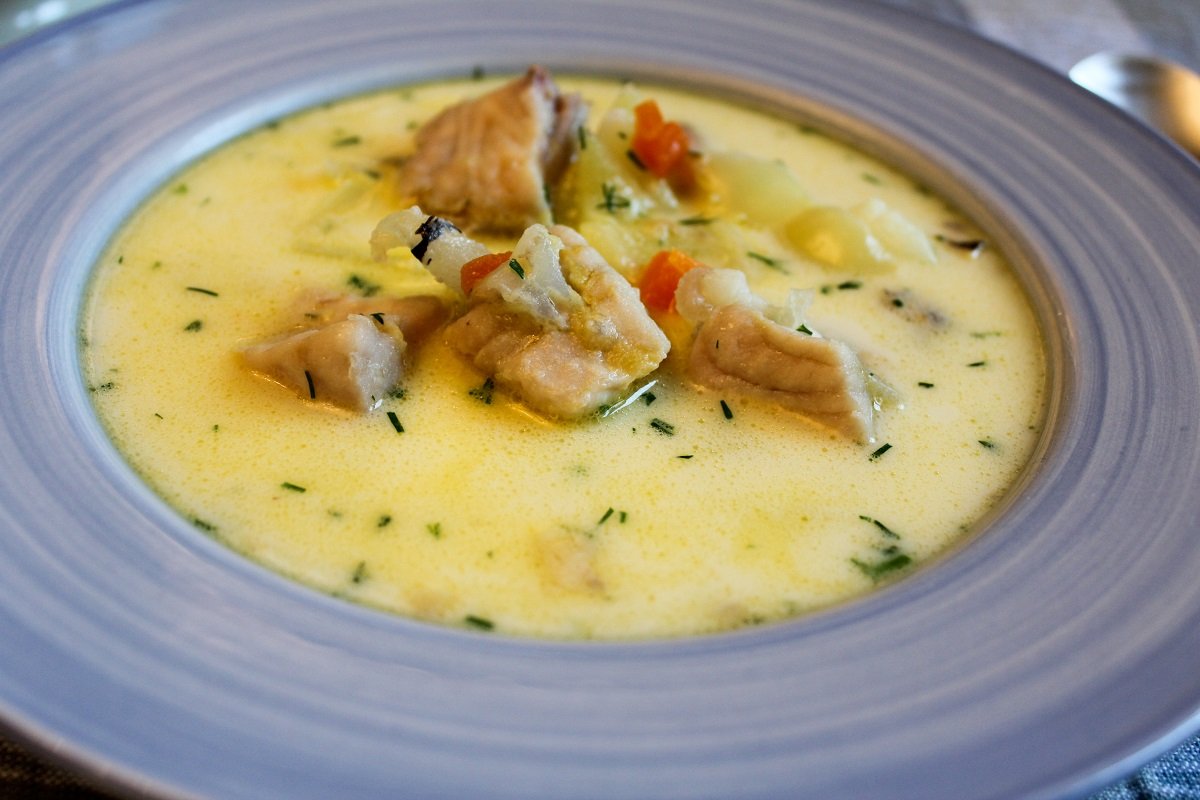
What festivals take place in the Delta?
Here, we recommend you to check out the official website. But as you can see, there’s plenty to chose from, regardless of the time of your visit.
While you're so close to the Black Sea, how about you check out the Romanian Seaside.




